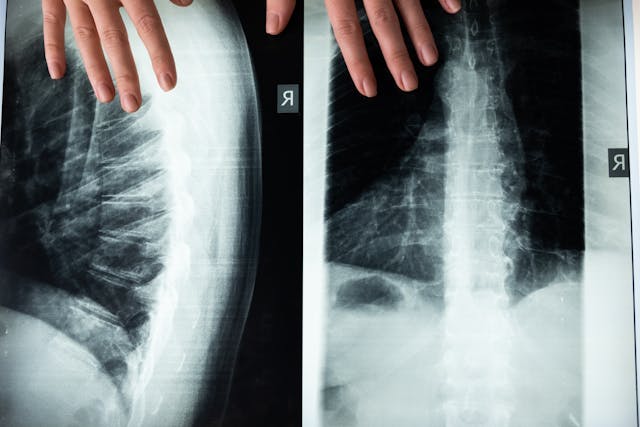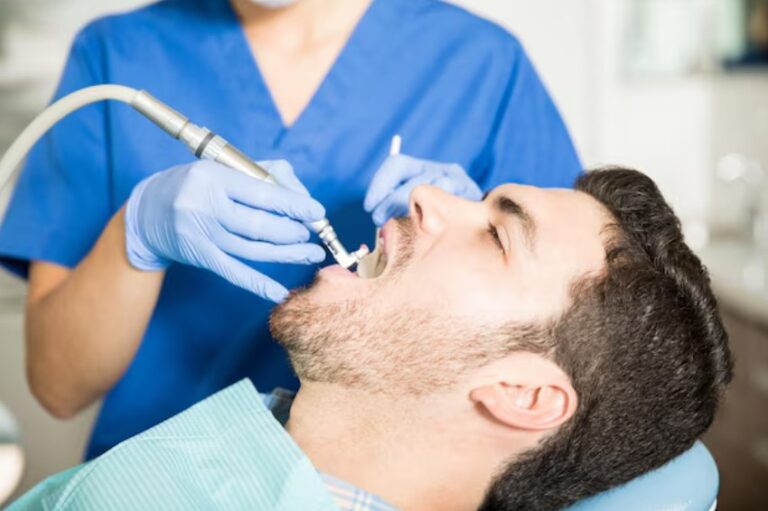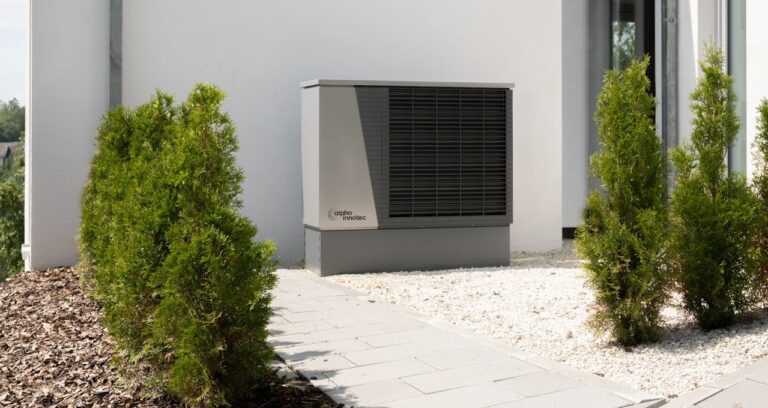
A herniated disc is a condition that can affect daily life. While it is not always a cause for concern, understanding its symptoms and potential causes can help you take steps toward management or treatment. Here is more information on this condition, the causes and symptoms, the treatments available, and when you should seek medical guidance.
What Is a Herniated Disc?
The spine is made up of a series of bones (vertebrae) cushioned by soft, gel-filled discs that act as shock absorbers. A herniated disc occurs when the outer layer of a disc becomes damaged or weakened, allowing the inner gel-like material to push through. This can place pressure on surrounding nerves, leading to pain or other symptoms.
This condition can occur in different parts of the spine, but they are most common in the lower back (lumbar spine) or neck (cervical spine). While some cases are mild and show no clear signs, others may lead to noticeable pain. Consulting a doctor can help manage this condition and the pain associated with it.
What Causes a Herniated Disc?
There are several factors that can contribute to the development of a herniated disc. One of the leading causes is age-related wear and tear, often referred to as disc degeneration. Over time, spinal discs lose some of their water content, making them less flexible and more prone to tearing or rupturing.
Other factors include repetitive heavy lifting, sudden motions, or traumatic injuries that place stress on the spine. Certain lifestyle choices, such as prolonged sitting or poor posture, may also increase the risk. Genetics and obesity can further contribute by placing additional strain on the spinal structure.
What Are the Symptoms?
The symptoms of a herniated disc vary depending on the location of the injury and whether it compresses nearby nerves. Common signs to watch for include:
- Pain: This is often sharp or burning and may radiate to the arms, legs, buttocks, or shoulders, depending on the affected area.
- Numbness or Tingling: Individuals may experience sensations of numbness or tingling in the areas served by the compressed nerve.
- Weakness: Muscle weakness is another potential symptom, making it difficult to lift or hold objects or perform routine activities.
What Are the Treatments?
Treating a herniated disc depends on the severity of the symptoms and its impact on overall health. Mild cases may respond to rest, physical therapy, or the use of pain-relief medications to manage symptoms. More advanced approaches focus on regenerative therapies.
- Disc Regeneration: Emerging treatments aim to restore damaged discs and improve overall spinal health. These therapies may enhance the spine’s natural ability to heal or regenerate tissue.
- PRP (Platelet-Rich Plasma) Injections: PRP injections involve using concentrated platelets from your own blood to promote healing at the site of the injury. These injections are being researched as a promising option for some patients with this condition.
Also Read: Recognizing the Symptoms of a Herniated Disc
When Should You Seek Help?
You should seek medical advice if your symptoms interfere with daily activities or persist despite home management. Signs such as progressive weakness, difficulty controlling bladder or bowel function, or significant pain require prompt attention. A healthcare professional can assess your condition and recommend an appropriate course of action.
Learn More Today
Understanding the symptoms and causes of a herniated disc can help you take a proactive approach to health and wellness. If you’re dealing with persistent pain or want to explore advanced treatment options like disc regeneration or PRP injections, professional guidance is key. Schedule an appointment to learn more about your options today.








